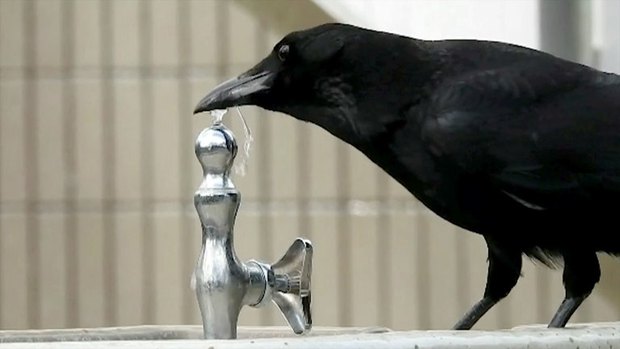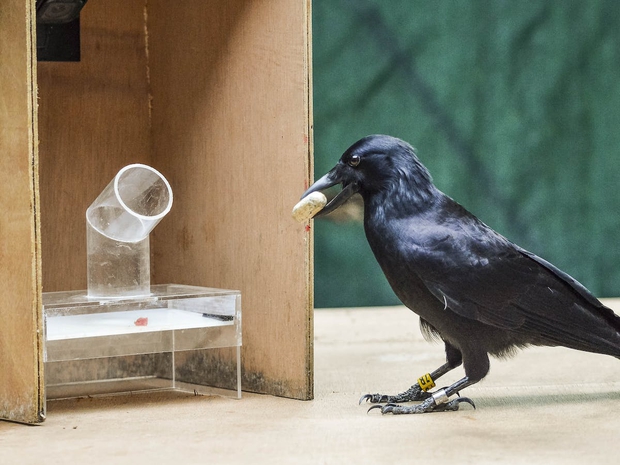
You may not know, crows are extremely intelligent. They can use tools to get what they want, like how New Caledonian crows on an island of the same name in the South Pacific know how to shape tree branches into hooks to catch insects from rotting logs. And according to a new study, crows are even smarter than we thought.
Crows and other birds (in a bird family that includes ravens and magpies) “know what they know and can reflect on ideas in their minds,” according to a 2020 study in the journal Science . This is considered the foundation of self-awareness and is shared by only a handful of animal species other than humans, such as monkeys and great apes.

Crows can also use their complex brains to come up with creative solutions, such as dropping nuts on the road so that passing cars can crack them for them, for example.
Crows have brains that are packed with nerve cells
The ability to think through a problem and find an answer may be due to crows possessing a high number of brain cells that process information. This trait appears not only in humans but also in non-human primates.

They can learn to use tools and adapt to the environment
A study published in the Journal of Comparative Neurology in January 2022 comparing corvid brains with those of chickens, pigeons and ostriches found that the corvid brain has neurons denser neurons – between 200 and 300 million neurons per hemisphere – allow for efficient communication between brain cells.
Crows’ intelligence is at least on par with some monkeys and, in fact, may be close to that of great apes (like gorillas), according to a 2017 study published in the journal Current Opinion in Behavioral Sciences .
Surprisingly, they even know how to reason
In the 2020 study, scientists made crows perform a series of puzzle-solving tasks. The researchers measured neural activity in different types of neurons with the goal of monitoring how crows sense and reason through their work.
They sought to study a specific type of thinking, called sensory consciousness, and they chose this bird in particular to represent a branching point in the evolutionary tree of life. The task is simple, but involves some high-level brain stuff, as described in the study:
After the crow begins the test… a brief visual stimulus of variable intensity appears… After a delay, a rule signal informs the crow how to respond if it the stimulus has or has not been seen. The red signal requires a response to detect a stimulus (“yes”), whereas the blue signal prohibits a response to detect a stimulus.

Sensory consciousness, the researchers write, is the ability to have subjective experiences that can be “explicitly accessed and therefore reported” coming from brains that have evolved over time. This consciousness is mostly imagined for the primate cerebral cortex, but the brains of birds like crows are different because they separated from the evolutionary line of animals 320 million years ago.
However, the crows performed in a way that confirmed their sensory consciousness, which scientists in the 2020 study say may point to “neural correlates of consciousness.” ” dates back to at least the last time birds and mammals shared that part of their common brain.
To reconcile sensory consciousness in birds and mammals, one scenario would assume that birds and mammals inherited the trait of consciousness from their last common ancestor. If true, this could date the evolution of consciousness to at least 320 million years ago.
But in an analysis in the journal Science , another researcher, Suzana Herculano-Houzel of Vanderbilt University, offered criticism of the study’s hypothesis. She said, in general, maybe the intelligence of the crows in the study was “outstanding” compared to their peers, so it was not certain that the entire species had amazing intelligence.
One thing that cannot be denied is that crows are among the most intelligent creatures in the bird world.





